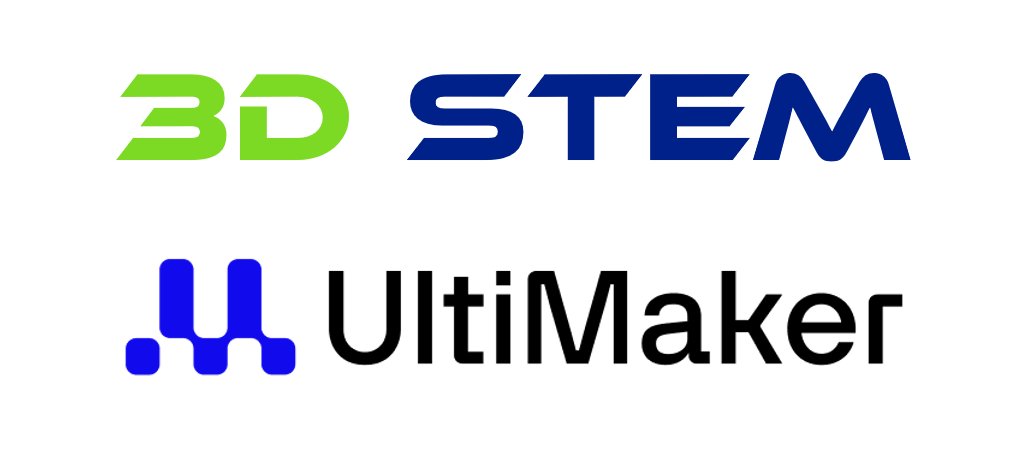Project Management & Design For 3D Printing
Knowing how to manage and design for a 3D printing Project is crucial to its success. Most Projects are being performed to reach a particular outcome being either a functional objective in producing a single particular part, experimental in producing iterations of prototype parts or producing many different parts that all need to fit together to make a final product.
Production runs of the same parts are also another aspect that requires particular skills in managing such that the process is performed seamlessly without failures, lost time and to the required level of quality and specification that ensures the parts to be able to be effectively used for their intended purpose.
Factors that we take into consideration when planning for a 3D printing Project are;
- Is 3D printing the right process to produce all or some of the parts required.
- Are the parts able to be produced in a single print within the build space or do the parts need to be sectioned and assembled after printing.
- Are all the parts being made from the same material or do some have different materials that are required to be planned into the design and management.
- Can parts all be nested onto the build plate such a single print can produce multiple parts or are multiple prints required.
- How would multiple parts be assembled after printing
- Are there any embedment’s required to be placed in the parts during the printing process.
- What is the correct orientation for the parts to be printed.
- How long will the parts take to print in total.
- How much filament will be required and how will it be managed on the roll such that enough is left to make all the required parts.
Now we can get to design…
- What design , analysis and slicing software will be used
- Is the part geometry optomised for 3D printing.
- What’s the largest size of the part you can make.
- Where will parting lines for larger parts be placed.
- What alignment features will be added to aid in assembly.
- How will it be assembled, adhesives, embedment’s, screws, bolts, press fits, magnets.
- What features print best, chamfers, fillets change of sections and wall thicknesses.
- How will geometry be supported during printing.
- Is the part functional, non functional or a simple prototype.
- What structural and mechanical performance is required for strength, stiffness, wear, temperature.
- What tolerances should be applied to parts such that they can fit together.
- What weight considerations are there for the part.
- What level of infill is required or is it to be all solid.
So you can see that there can be many factors that may need to be considered in planning a structured approach to producing 3D printed parts that differentiates the professionals from the amateurs.

